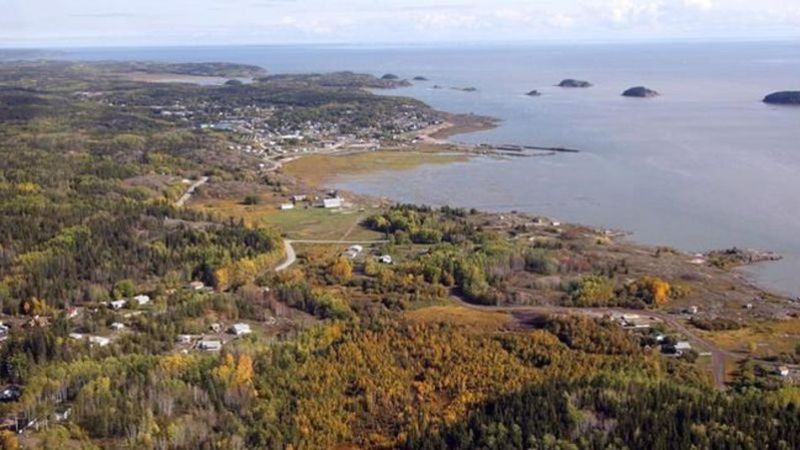
UNESCO team in Alberta to judge if Wood Buffalo Park should go on endangered list
EDMONTON — A United Nations body that monitors some of the world’s greatest natural glories is in Canada again to assess government responses to ongoing threats to the country’s largest national park, including plans to release treated oilsands tailings into its watershed.
In a series of meetings beginning Thursday, UNESCO investigators are to determine whether Wood Buffalo National Park should be on the list of World Heritage Sites In Danger — a move the agency has already deemed “likely.”
“Canada is not delivering,” said Melody Lepine of the Mikisew Cree First Nation, which first brought concerns about the northern Alberta park to UNESCO’s attention.
Bigger than Switzerland, Wood Buffalo is one of the world’s largest freshwater deltas and is rich in biodiversity, including nesting sites for endangered whooping cranes. Its maze of wetlands, rivers, lakes and prairie is the largest and most intact ecosystem of its type in North America.
